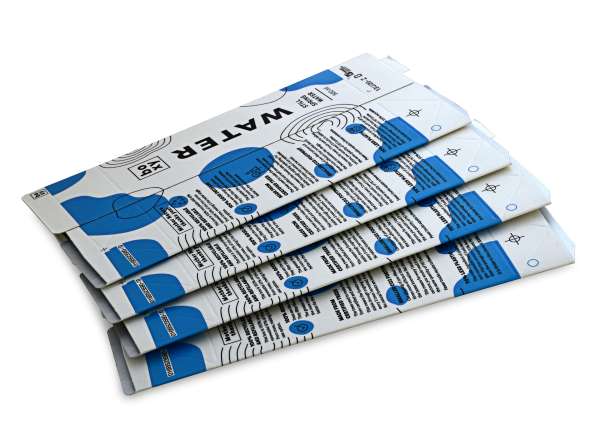By Nampak Liquid Cartons
World Food Safety Day on 7 June was first established by the United Nations in 2018, to raise awareness of the importance of safe food globally. Without proper prevention, detection and management of foodborne diseases, human health is at risk, and with it our achievement of sustainable development goals, which aim to ensure a better future for all.
The World Health Organisation has marked 2022’s theme for World Food Safety Day as ‘Safer food, better health’, calling for all players in our food system to deliver better health through promoting sustainable production and consumption of safe foods. Food packaging can help to make this goal possible.
Effective barrier protection
Liquid paperboard cartons, for example, have been designed to maintain the quality of the product inside and protect against contamination. The various layers that make up the carton act as barriers against exposure to light, oxygen, heat, microorganisms, and other physical and chemical factors, which can potentially alter the product and put the consumer at risk. If fruit juice or milk is exposed to strong UV light, for example, this can cause a chemical reaction resulting in changes in composition, colour, and flavour and cause the beverage to deteriorate quickly, potentially making it unsafe to drink.
The virgin wood fibres of the paperboard also serve as an effective insulator keeping products colder for longer, as well as providing rigidity and strength, so that the product inside the carton is less affected by fluctuations in its environment. The aluminium coating or foil lining adds another layer of protection for the product.
Furthermore, the square shape of cartons makes the best use of volume and surface area, in the retail space to the home shelf. What this means is that the cartons can be packed against each other, preventing warm air from circulating between each one and then affecting the product’s optimal storage temperature and quality.
Tamper-proof and hygienic
Gable-top cartons are also tamper-proof, so consumers have peace of mind that what is inside the packaging has not been meddled with or opened. Fresh beverages in cartons distributed through the cold chain typically use a single tamper-evident cap. Products in cartons that are not distributed and sold through the cold chain but at ambient temperatures, such as shelf stable fruit juice, are more likely to feature double tamper evident closures. This not only safeguards the product from outside interference but makes the carton airtight and maintains food safety.
To help guarantee food safety, consumers need to look at their own consumption habits. One instance, where packaging can offer a hygienic solution is in the sorghum beer market. Often distributed in large plastic vats for drinking at shebeens and taverns, the beer is then decanted using plastic scuds, which if not cleaned properly could contaminate the beverage. In addition, if these beer drums are not sealed or stored properly, they are equally susceptible to being carriers of food-borne disease. Tamper-proof conical cartons that are available in single portion sizes to be served to the public offer a safe solution to sorghum beer consumers.
More than 100 years ago, the disposable paper cup was invented to reduce cross contamination and the spread of disease from communal water points. Today, liquid paperboard packaging is still offering a convenient way to keep what we consume safe and ensure our better health.









